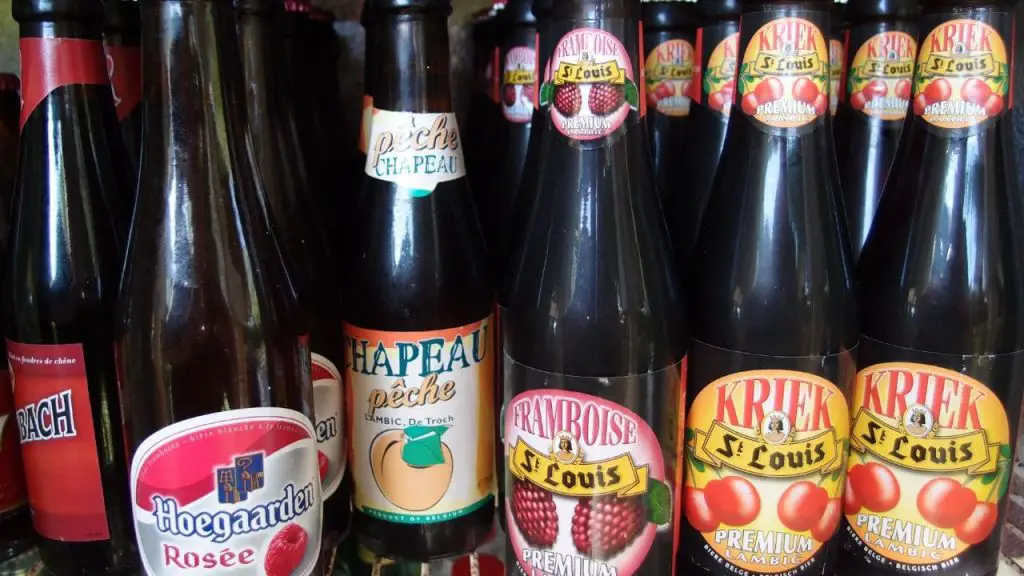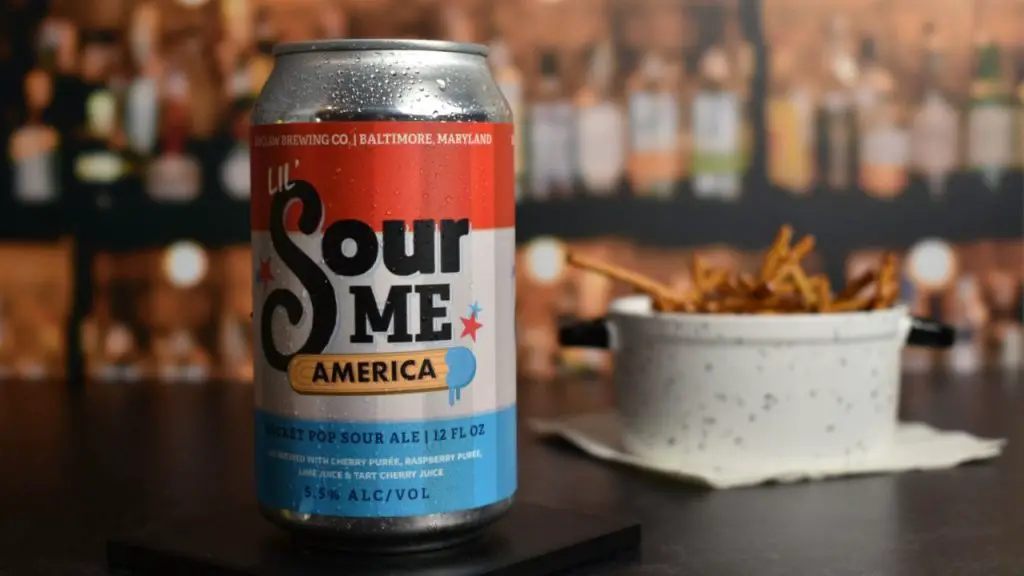Calling all Sour Beer fans!
Your homemade brewing adventure begins here.
Craft your own lip-smacking, tart brew in the comfort of your kitchen.
Explore the depths of creativity without breaking the bank.
Our guide unlocks the secrets to mastering sour beer’s ancient yet trendy art.
Let wild bacteria and yeast dance on your palate, creating a dark and wild flavor profile.
With months of aging, your creation will boast a unique tanginess and aroma.
With the right ingredients and equipment, follow our expert tips for a foolproof brewing journey.
While sour beer is one of the oldest styles, it’s still making waves. Join the revolution—become the maestro of your brew.
Why wait?
Impress your friends with your homemade craft beer skills, and let the sour symphony begin!

Brewing Sour Beer
Are you interested in brewing sour beers but scared of the risk? Don’t worry!
You don’t have to invest a fortune in backup equipment to get into sour beers.
We’ll guide you through a simple, low-risk method.
Minimizing risk and cost is critical to confidently brew your sour beer without replacing your entire brewing system.
It’s not as big a risk as some make it sound.
So don’t be afraid; give it a try!
Try these sour beer smoothies while you are at it.
Equipment You’ll Need
- 5-gallon brew kettle
- Plastic primary and secondary fermenter bubbler
- Stainless steel or long-handled plastic spoon
- Kitchen timer
- Kitchen thermometer
- Ice
- Storage bottles
The Best Hops for Sour Beers
Want to make a sour beer? Using aged hops is a great way to do it!
Belgian brewers often use hops that are 1-3 years old and stored in a warm environment.
At first, they’ll smell funky and then cheesy.
But don’t worry; the hops will lose their aroma and alpha acid bitterness.
This helps create a smoother bitterness from the beta acids in the finished beer.
If you don’t have aged hops, try using low-alpha acid hops.
Or, if you have some old hops in the back of your freezer, let them sit in a paper bag on top of your fridge for a few weeks before brewing.
Even if they only reach the cheesy stage, that’s perfect for this beer!
Take a quick glance at this Hoppy Beer article.
Sour Blonde Beer
You’ve got the brewing basics down, so why not try this delicious sour beer recipe?
So gather your ingredients and prepare to make something special!
Ingredients
- 0.75 ounces of Hallertauer hops (3.75 AAU, at 5% AA)
- 6 lbs of Pilsner Malt
- 5 kg of Wheat Malt
- One packet of Fermentis US-05 Ale Yeast
- One pouch of Wyeast 3278 Lambic Blend (for secondary)
- ½ lb of Rice Hulls (optional, to prevent stuck mash)
Instructions
Brewing beer can be a fun and rewarding experience.
- To make a sour beer, mash at 152°F for 30 minutes. Don’t worry too much about starch conversion; the wild bugs will take care of that in secondary.
- Then, mash it out at 170°F and bring it to a boil.
- As it starts boiling, add your hops. Boil them for 90 minutes, chill the beer, and rack it to primary.
- Pitch the dry yeast and let it sit for 14 days.
- After 14 days, you can pitch the lambic directly into the primary or rack to a clean fermenter for the secondary.
- Let it sit for six months, then take a gravity reading.
- Finally, you can bottle it with corn sugar or let it age longer.
Enjoy your homemade sour beer!
Variations
Secondary fermentation is the next step after primary fermentation is complete.
Add at least 5 pounds of fruit to your beer to do this.
Avoid fruits that have been treated with chemicals from the grocery store.
Buying from a local orchard or getting Instant Quick Frozen (IQF) fruit is best.
You can even use up to 10 pounds of some fruits, like cherries and peaches.
Just remember to peel the peaches before adding them.
Let the beer ferment for six months, then taste it and take a gravity reading.
If you’re happy with the flavor, bottle it.
If you want to give it more time, let it sit.
Traditional Souring Methods
You may have heard of sour beers, but how did they start? Well, it all started with contamination.
Since every beer is contaminated with something other than Saccharomyces cerevisiae, it was only a matter of time before some of them started to sour.
In the past, brewers just drank the beer before it got too sour.
But, some of these beers tasted better when soured, so regional sour specialties emerged.
When sanitation became more common, the traditional sour beers stuck around because they tasted great!
Brewers developed traditional methods to get the right sourness in their beer, and those methods were widely imitated.
Even newer methods exist to get the right sourness, though some may consider them ‘cheating.’
Ultimately, it’s up to you to decide which methods you use to make the beer you want.
Bugs and Time

Making sour beer is easy, but it takes time.
To get the traditional sours we know and love, like lambics, Flanders reds, and browns, you must start with a conventional mash, standard boil, and typical primary fermentation.
Mix warm mashes or add dextrin malts to make a good foundation of long-chain sugars.
Then, you can add the yeast or bugs or add them together.
After fermentation, transfer the beer to a fermentor and directly inoculate it with your bug culture.
You’ll need to wait at least six months, but it’s best to let it age for a year or more.
When ready, you can package it as usual or filter, pasteurize, or add potassium metabisulfite to end fermentation.
With patience, you can make the perfect sour beer.
Sip, savor, and explore our recommended reads!
Final Thoughts
Brewing with souring agents gives you more choices than ever before.
Instead of being limited to a few “local” bugs, you can now use those same bugs to create unique beers.
Whether you’re a patient brewer or an eager tinkerer, sour brewing is a great way to explore.
Get creative and push the boundaries of your taste buds.
Grab a glass of your tart and unique hard work, and enjoy!